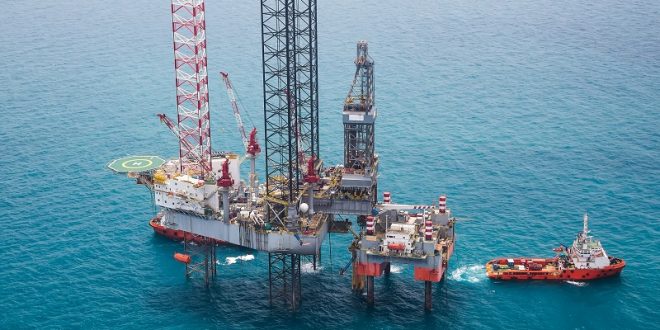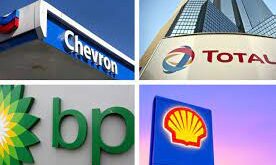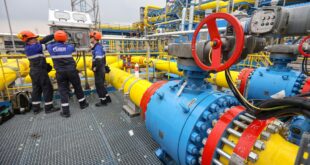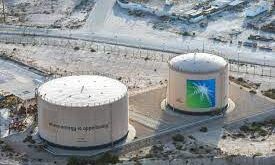China National Offshore Oil Corp will supply carbon neutral LNG for the first time to Hong Kong, the state-owned oil and gas major said on its social media account late Dec. 20.
CNOOC said it received a 65,000 mt carbon neutral LNG cargo on board the vessel “Magnolia” at the Guangdong Dapeng LNG terminal in Shenzhen, Guangdong province, on Dec. 19, which will be sent to Hong Kong through a pipeline.
The carbon neutral LNG cargo originated from Oman and was purchased by CNOOC from an intermediary, the company said.
CNOOC said greenhouse gas emissions from the exploration and development stages to the final use of the LNG have been offset through carbon credits, some of which originated from the forestry carbon sink project in Jiangxi, China, and the rest from other global carbon credit providers.
The power generation sector is the largest source of carbon emissions in Hong Kong, accounting for nearly 70% of Hong Kong’s total carbon emissions, the statement said. Hong Kong set a target of net zero emission for power generation in its carbon neutrality strategy, which means that the region will use more carbon neutral LNG in future, market sources said.
CNOOC accounts for about 60% of Hong Kong’s total gas supply, and initially supplied natural gas from its Yacheng 13-1 gas field in the South China Sea, followed by the Guangdong Dapeng LNG terminal in 2006.
CNOOC has also started supplying natural gas to Hong Kong from its Lingshui 17-2 gas field, or Deep Sea No. 1 gas field, in the South China Sea, which commenced production in June and reached full capacity in September. Lingshui is China’s first self-operated deepwater gas field and was producing around 10 million cu m/day at end-November, according to state media.
State-owned PetroChina is another major supplier of natural gas in Hong Kong that started supplying through its West-East pipeline from 2013.
In addition to gas from mainland China, Hong Kong is also building an LNG terminal, with joint investment from utilities Castle Peak Power Co, or CAPCO and The Hongkong Electric Co Ltd. CAPCO is a joint venture between CLP Power Hong Kong and China Southern Power Grid International (HK).
The terminal will receive LNG cargoes via a floating storage and regasification unit, which will be provided by a joint venture between Japan’s shipping conglomerate Mitsui OSK Lines and petroleum storage infrastructure company Royal Vopak. Hong Kong LNG terminal is currently under construction and is expected to be operational around mid-2022.

 Iran Energy News Oil, Gas, Petrochemical and Energy Field Specialized Channel
Iran Energy News Oil, Gas, Petrochemical and Energy Field Specialized Channel



